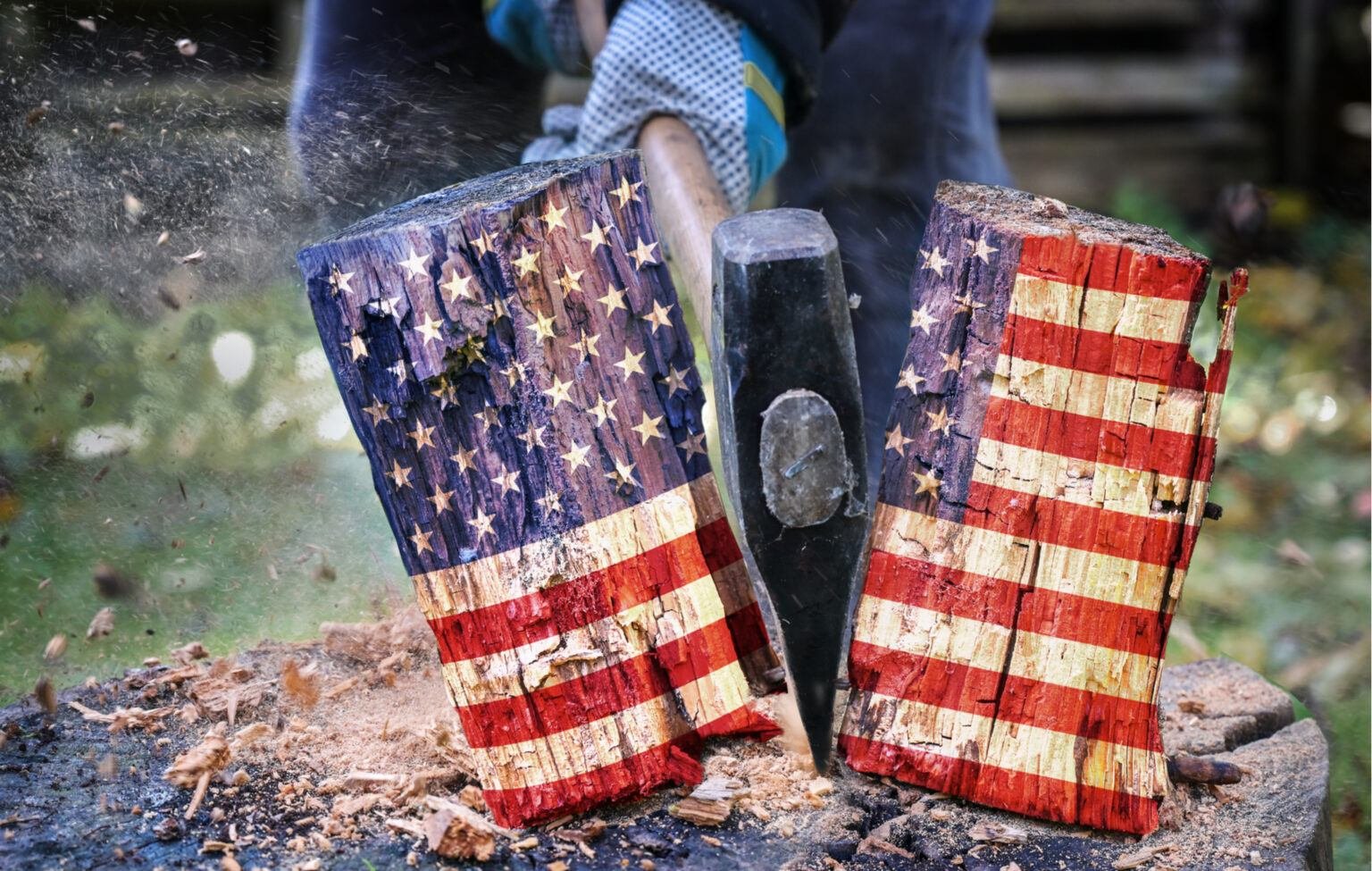Political news coverage is, in part, guided by polls.
There are dozens of them that come out every few days in reporters’ email inboxes trying to gauge the temperature of the electorate on any given politician or policy decisions. This is especially true in a presidential election year. it’s also true during the midterms, which will arrive on Nov. 8.
While mainstream pollsters took a hit for being inaccurate when Donald Trump won the White House in 2016, the polls roll on as the experts put them out, pundits dissect them and news coverage reports on what they mean.
Often lost in this horse-race coverage of who’s up and who’s down are the views of real people about issues that are, in many cases, larger than partisan politics.
However, an EWTN/RealClear Opinion poll, released on July 15, took a snapshot of what Catholics are thinking, at this point in time. I wrote about its major findings for Religion Unplugged. However, there was more to this survey than a one-day headline.
There are plenty of nuggets of data that could serve as a jumping off point for news coverage in the coming weeks and months.
Overall, the survey found, in the words of Matthew Bunson, executive editor of EWTN News:
This new EWTN News/RealClear Opinion Research poll finds that Catholics — like the majority of Americans — are dissatisfied with the direction of the country, have largely negative views about most of the institutions of government save for the Supreme Court, and are deeply concerned about attacks and vandalism against churches and pro-life clinics.










